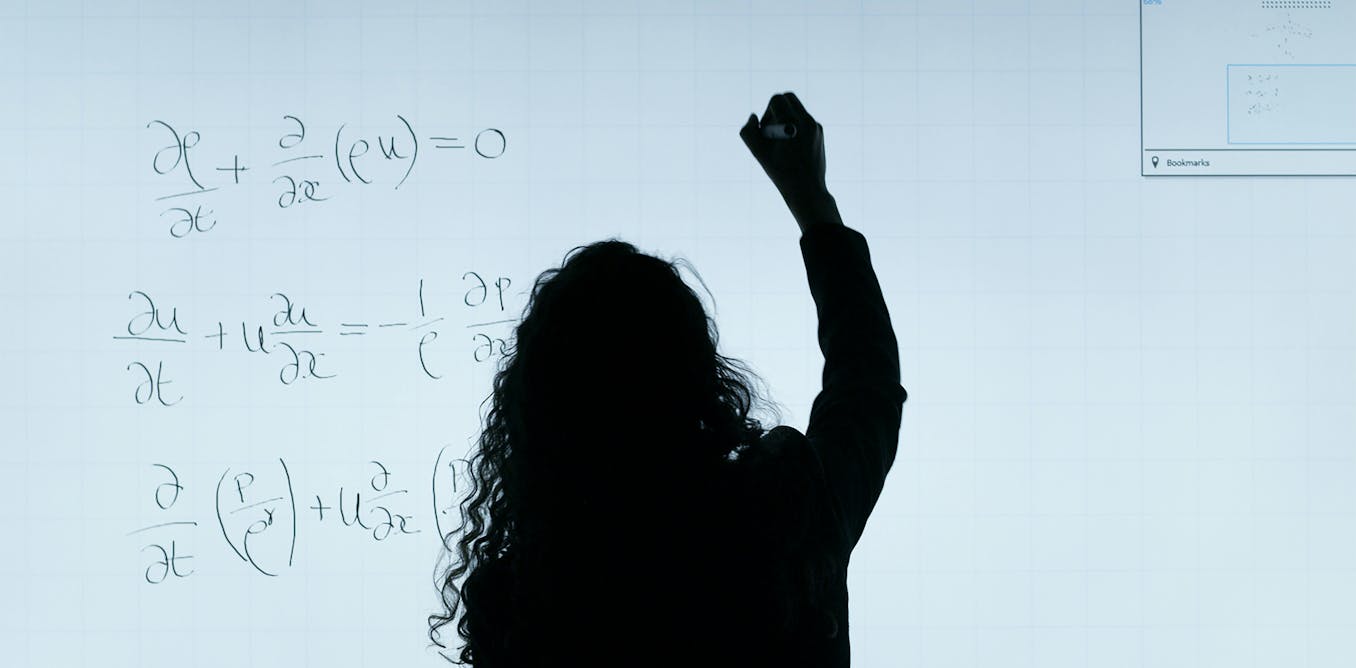What will it take to detect dark matter—the invisible, nigh-intangible substance that might make up five-sixths of all matter in the universe? Dark matter should be all around us, exerting tiny effects on normal matter, but searches have come up empty so far. But a new study suggests that a strategy employing machine learning could help quantum sensors finally hunt it down. Such hyper-sensitive sensors may also have other applications, such as GPS-free navigation, the detection of underground bunkers, and the discovery of gravitational ripples in space-time from the moments after the Big Bang.
We know dark matter exists because of its gravitational impact on the motion of galaxies. But we don’t know what it’s made of, or how it might otherwise interact with the everyday particles that make up you or me. Although scientists have dreamt up dozens of models for dark matter’s potential composition and precise properties, most of these proposals predict infinitesimally small effects on normal particles. One possibility to detect these minuscule interactions is quantum sensors. Quantum effects are vulnerable to outside interference, and quantum sensors capitalize on that fragility in order to respond to the slightest disturbances in the environment—such as an interaction between dark matter and normal matter.
The new study focused on atom interferometers, a kind of quantum sensor that depends on an effect known as superposition, in which one atom can essentially exist in two or more places at once. The sensors have these Schrödinger’s cat–like states where an atom flies down separate paths and then is recombined. Due to particle-wave duality—the quantum phenomenon where particles can act like waves, and vice versa—these atoms interfere with each other, with their waves’ peaks and troughs suppressing or augmenting one other. Examining this interference can reveal the extent of the slightly different motions experienced on the different journeys.
One approach scientists use to boost the sensitivity of these interferometers relies on the laser pulses these sensors employ to split atom waves apart and reflect them back at each other. These laser pulses take the place of conventional mirrors in optical interferometry. Every time time the atoms’ waves bounce of one of these ephemeral mirrors, “the signal we’re looking for can get amplified, much like how light signals can get amplified when bouncing in a mirror-lined cavity,” says Timothy Kovachy, an assistant professor of physics and astronomy at Northwestern University in Evanston, Illinois.
However, the number of times an atom wave can experience such reflections depends on the quality of the atom mirror, and “it’s rather hard to make a good atom mirror,” Kovachy says.
Now, in the new study, Kovachy and his colleagues have revealed a strategy to boost the number of reflections possible off atom mirrors. Using machine learning, instead of reflecting atom waves off a…
Read full article: Machine Learning May Help Find Dark Matter

The post “Machine Learning May Help Find Dark Matter” by Charles Q. Choi was published on 01/12/2025 by spectrum.ieee.org






































Leave a Reply